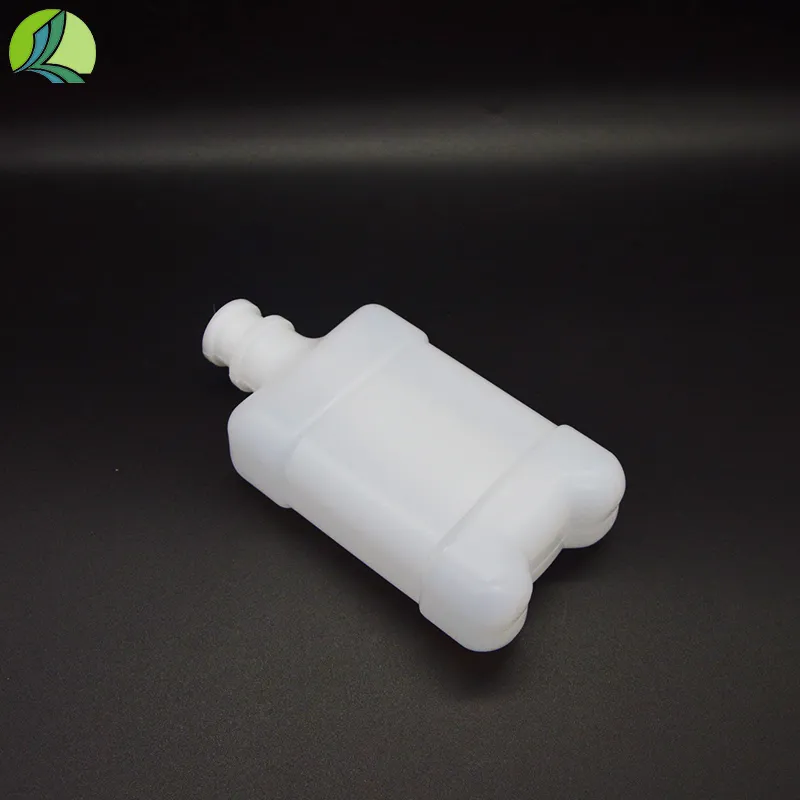cough syrup bottle
The Mysterious Allure of the Cough Syrup Bottle
In the quaint corners of our medicine cabinets, nestled alongside pain relievers and band-aids, lies a humble yet intriguing item the cough syrup bottle. Often overlooked and relegated to the back shelf, this unassuming container tells a multifaceted story that extends beyond its medicinal purpose. From its origins to its cultural significance, the cough syrup bottle is more than just a vessel; it represents comfort, healing, and sometimes, mystery.
Historically, cough syrup has been used for centuries to alleviate one of humanity's most common ailments coughing. Ancient remedies often involved natural ingredients, with honey and herbs being the primary components. However, as medicine evolved, so did the formulations of cough syrups. The introduction of synthetic compounds brought about powerful new options but also raised questions of safety and misuse. Today, many cough syrups contain a combination of expectorants and cough suppressants designed to address a variety of symptoms. Thus, the cough syrup bottle serves as a symbol of both progress and caution in the world of medicine.
The design of cough syrup bottles is another intriguing aspect. Typically, they boast dark glass or plastic exteriors. This aesthetic choice is not merely for style; it serves a practical purpose. Dark materials help protect the syrup from light, which can degrade certain active ingredients. The child-proof caps underscore the need for safety, as misuse can lead to serious health consequences. Furthermore, the labels often contain a wealth of information, including dosage recommendations and potential side effects, emphasizing the importance of responsible use.
cough syrup bottle

Yet, the cough syrup bottle evokes more than just images of illness and recovery. For many, it is a reminder of childhood. The sweet, often grape-flavored syrup offered a brief respite during feverish nights. It was a trusted ally in the battle against annoying coughs, bringing comfort at a time when everything felt overwhelming. That familiar bottle, with its unique shape and scent, signifies warmth and care—be it from a parent or a guardian determined to ease their child’s suffering.
In contemporary culture, the cough syrup bottle has also found itself at the center of controversy. Particularly among certain youth subcultures, misuse of over-the-counter cough syrups has surfaced as a trend, raising alarms about addiction and health risks. This troubling aspect underscores the importance of education and awareness regarding the appropriate use of medications. Social media platforms have further amplified these discussions, highlighting the duality of the cough syrup bottle as both a source of solace and a potential danger.
Ultimately, the cough syrup bottle is more than just a simple container; it embodies a rich tapestry of history, culture, and individual experience. It reminds us of the delicate balance between healing and harm, between comfort and caution. As we navigate our lives, we must remember that behind every bottle lies a story — a story of care, of healing, and of the age-old quest to find relief from the discomforts of life. So the next time you reach for that cough syrup bottle, take a moment to appreciate its significance, not just as a remedy, but as a symbol of the human experience in facing adversity and seeking solace.
-
Aesthetic Makeup Spray Bottles | Fine Mist Empty RefillableNewsAug.19,2025
-
White Plastic Veterinary Vaccine Vials | Lab Liquid BottlesNewsAug.18,2025
-
Plastic Medicine Liquid Bottle: Secure Flip Top Drug VialsNewsAug.17,2025
-
Durable 250ml Blue Plastic Vaccine Vial for Lab & Vet UseNewsAug.16,2025
-
Sterile Virus Sample Tubes: Secure & Reliable Specimen CollectionNewsAug.15,2025
-
White 250ml Plastic Vaccine Vial for Lab & Vet MedicineNewsAug.14,2025
























